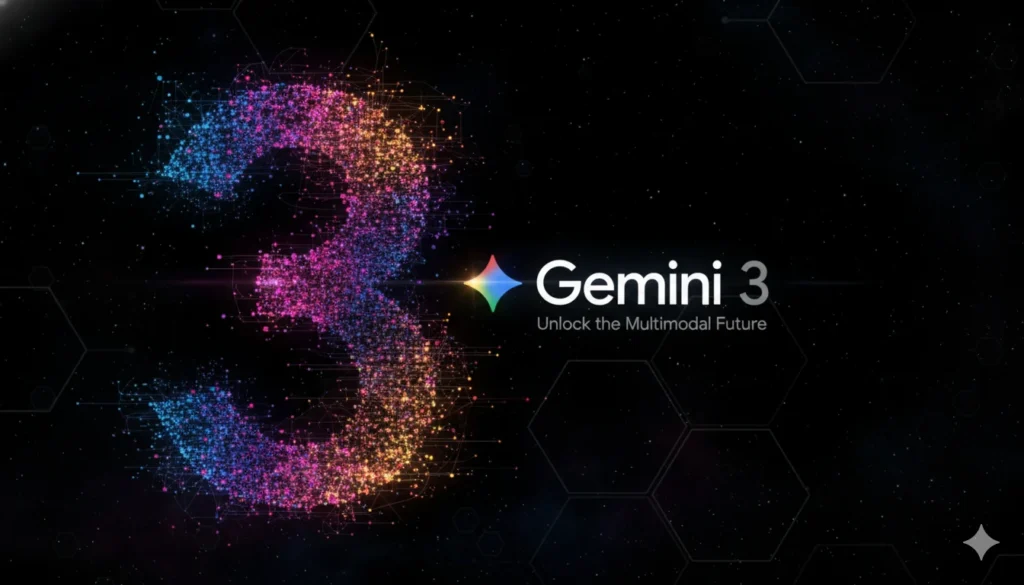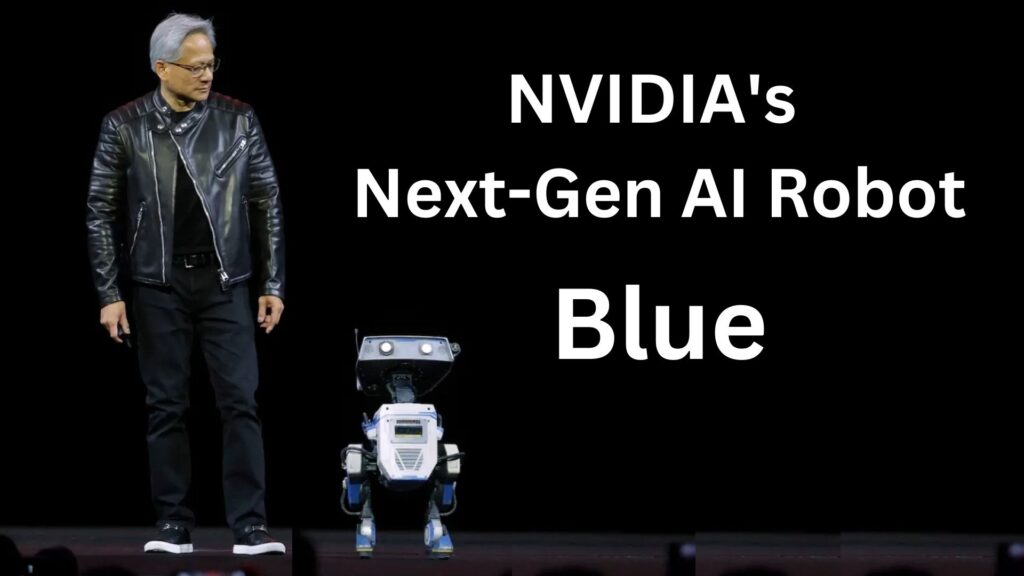
Google has introduced Gemini 3, and it marks the moment where AI stops acting like a chatbot that replies to questions and starts becoming a partner that reasons, plans and actually helps build real outcomes. It’s not about generating text anymore. It’s about working the way people work: solving problems, executing decisions and turning ideas into functioning results.
For years, AI tools have mostly been assistants. They summarized data, drafted content, answered queries and automated small tasks. Impressive, but limited. Gemini 3 steps into something different. It understands goals, breaks them into steps, and follows through. It can design, plan, analyze, create and adjust — more like a capable collaborator than a digital tool.
A new level of intelligence built for real work
The power behind Gemini 3 isn’t just faster benchmark numbers or accuracy percentages, although it leads global performance charts in reasoning, coding, mathematics and multimodal comprehension. The real turning point is how it behaves. Gemini 3 understands context deeply and decides the best way to achieve an outcome rather than simply responding with information.
Give it an idea for an app, and it doesn’t just write instructions. It builds the working app interface. Ask for insights about a long research paper, and instead of summarizing it, it creates interactive learning modules with visuals. Give it hours of video content or a full sports match, and it translates the data into strategy recommendations. Tasks that once required planning, meetings and multiple tools now compress into minutes.
Gemini 3 also expands multimodality to a massive scale, processing text, code, images, audio and video together inside a million-token window. That means entire books, lectures, datasets or product cycles can be managed inside a single conversation. And for deeper technical work, Google’s new Deep Think mode pushes into scientific reasoning, complex engineering problems and precise calculations — built not for speed, but for accuracy.
AI that doesn’t assist, but collaborates
The clearest sign of the future is Google Antigravity, a new environment where AI acts like a full digital operator. Instead of writing code step by step, developers describe what they want, and the agent plans the workflow, writes it, tests it, fixes errors and validates results. It controls the terminal, editor and browser, performing like a virtual teammate rather than a chatbot window.
Gemini 3 is also rolling directly into Google’s ecosystem: powering AI Mode in Search, improving productivity inside the Gemini app, supporting enterprise work through Vertex AI and becoming available for developers through API and AI Studio. The idea is simple: wherever work happens, Gemini should be able to help shape it.
Google says safety is a central focus of the release. The model is reinforced against cyber misuse, misinformation and prompt manipulation, backed by external audits and expanded research protections.
The message is clear. This is the start of AI becoming infrastructure, not an app. Work will no longer depend on learning tools, clicking menus or navigating dashboards. Progress will depend on how well people partner with intelligent systems that can think, plan and build.
And that changes everything — for students, developers, researchers, businesses and anyone with ambition. The future isn’t about competing with AI. It’s about learning to steer it.
Gemini 3 isn’t the end of a journey. It’s the beginning of a new chapter in how ideas become reality.



